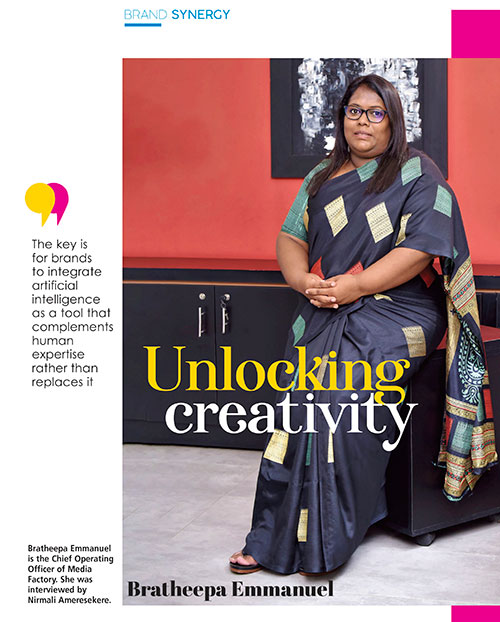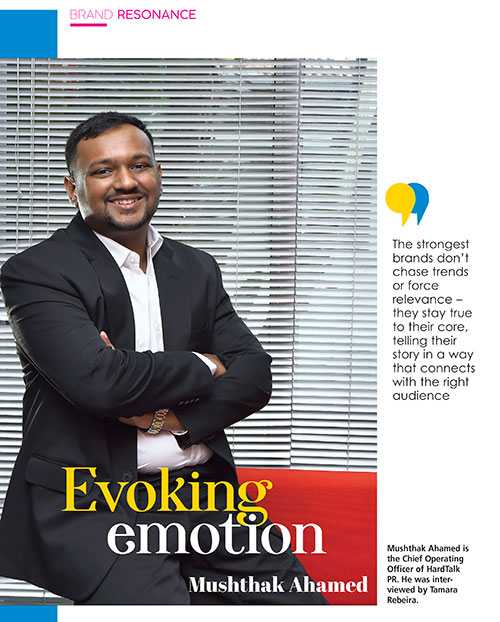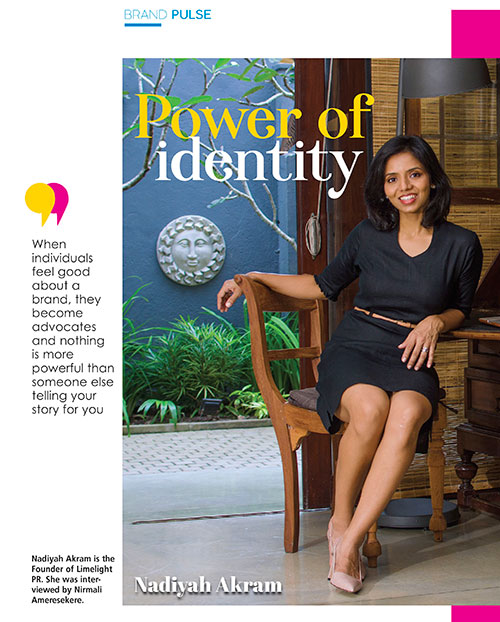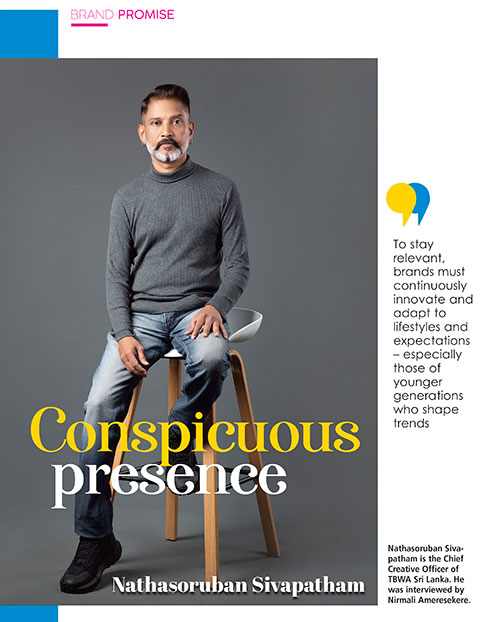BRANDS ANNUAL 2019
EXPORT CORPORATE BRANDS
Adapting to a VUCA world
In a rapidly changing world that is often described as VUCA (volatility, uncertainty, complexity and ambiguity), businesses are undergoing some form of change and constant evolution – and they’re being driven by a technological revolution, and ever evolving consumers.
So the challenge for exporters is twofold: keeping an eye on the end consumer and markets, whilst being agile enough to adapt, deliver and constantly innovate as a global supplier.
Only businesses that have been able to master this process and evolve have succeeded whilst many have fallen by the wayside. Building a culture that focusses on these dynamics is the key to success.
Major changes have taken place in one of our largest export industries – i.e. apparel. This industry, which included many small businesses, has consolidated to encompass three major players (MAS Holdings, Brandix Lanka and Hirdaramani), all of which lead our export corporate brands table. Many smaller players have not been competitive – and they have either been sold or shut down.
ROLE OF THE BRAND
A branded business forces an organisation to align itself with customers through an understanding of changing needs and trends. As a brand, the organisation is searching for and looking beyond the lowest price advantage, which is essentially moving it away from playing the commodity game.
The brand acts as a guarantee or benchmark of excellence and quality on which the service provider must deliver. This is the power and challenge of a brand, by building a relevant culture within the organisation.
Contrary to the belief that a brand is an external marketing tool, building an internal brand is more important in order to align all employees to deliver what is promised. Defining and articulating the brand helps align external customers’ expectations with the internal employee mindset. This ensures that what the company promises is what it delivers.
TOP RANKING ENTITIES
This year, MAS Holdings heads the list by overtaking longstanding leader Brandix Lanka for the first time despite both brands improving their rating scores.
MAS Holdings’ score has increased from 82.55 to a phenomenally high 90.91 whilst Brandix Lanka’s has grown from 85.16 to 88.41. MJF Exports moves up the ladder to third place, displacing LSEG Technology (No. 5), while Virtusa steps up a notch to occupy fourth place.
BIZ TRANSFORMATIONS
Most leading export brands that feature at the top of the table have understood the power of the brand.
In a business’ journey of progression, this becomes the basis of building a unique and strong customer bond across the organisation, going beyond relationships that the entrepreneur or CEO would have built at the beginning.
However, doing so isn’t easy and should not be relegated to developing a catchy slogan. It requires an extensive and in-depth understanding of the category in which the company operates, and defining the brand in a manner that’s aligned with the customer.
The key step is a detailed search and identification of major drivers of what the customer seeks. Research may be required to understand and identify key customer purchase considerations so that they could be explored and incorporated into the brand.
It requires a competitive scan as well, leading to a focus on attributes that are untapped by competitors and enabling elements of differentiation to be added.
All this combined leads to the unique positioning based on customer needs on the one hand and employee alignment on the other. This powerful nexus between employee and customer results in building a strong brand, which in turn leads to living the promise.
Once established, this is the dual force that senior management will drive. It could involve aligning employee training and development to deliver the experience, channelling product innovations and many other initiatives in the day-to-day operations of the business to maintain and sustain employee motivation.
The brand meaning becomes the reference framework for any small or major initiative. By ensuring that all actions are aligned with and built around this, substantial value is unleashed. Therefore, the brand has a central role in the process of driving the business forward; it can transform an ordinary business into one that is brand led.
This approach ensures sustainable export competitiveness as it builds a distinctive culture within these businesses and adapts them to the VUCA world.






